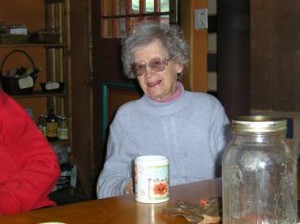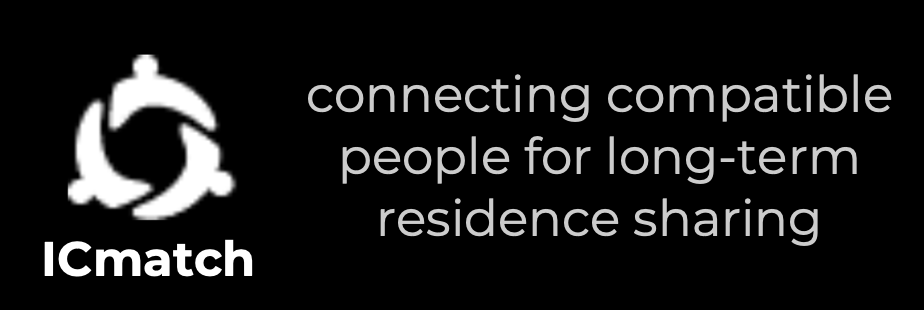Author: Arjuna da Silva
Published in Communities Magazine Issue #149
The most broken part of mainstream Western culture may be elderhood. While new families are far more enlightened these days about how to raise healthy children, and folks of grandparenting age have a lot of information about how to stay younger and healthier, not much attention is paid to the roles of elders in our lives. We need elders when we’re young, and we are needed as elders when we’re old.
It’s probably been an issue for all generations, but as we baby boomers grow old enough to be called “old,” we may be surprised to find ourselves face to face with the excruciating and uncharted challenge of leaving many of our deeply ingrained patterns behind. These are patterns we developed intentionally or as a matter of course while “growing up,” then used to help stabilize ourselves while “maturing” into people the species hopefully would depend upon to guide it in sustainable directions. (Don’t laugh.) Joining or turning into elders in intentional communities provides opportunities galore for this transformational experience.
For many boomers, taking on the mantle of eldership means setting aside the sometimes rambunctious, in-your-face, empowerment-obsessed energy we worked so hard to sustain. Or better yet, focusing it inside, where we can feed it with intention and wisdom until it becomes capable of motivating others. Isn’t that the potential of eldership? Of course, not all boomers were practiced revolutionaries, but as a generation “the ’60s” produced a group image for us that many identify with, even if we never sat in, dropped out, or turned on.
Life weathers us, too, and even revolutionaries become parents, business owners, and community leaders people depend upon to help hold the social fabric together. Robert Wright, in his book The Evolution of God, makes an incisive point about how far people will go (and have gone) in order to sustain a cohesive social fabric. We became hard-wired to belong through many, many millennia in which group context and group identity were fine-tuned for survival. Although some people seem to be pure recluses, for most of us our souls, if you will, long to be related, to know we are with our kin, with extended family, with our tribe.
Toss all that into the salad of modern life and we’ve got individuals hard-wired for community having grown up out of community or, at least, now living out of community. Families, if we get along with them, are far away and nuclear (thus often explosive). Best friends get married or change careers and go off to other regions or countries. Our own kids long for greener pastures.
Once boomers decide to create community anew, we practically need to do a generational about-face as we integrate the roles of eldership, which require different qualities than those that propelled us through our youths and much of our middle age. We need to translate that individual spark and group fire into something our youngers, given who they are, can assimilate.
The storyteller and mens’ initiation leader Michael Meade gave a great lecture (available on CD) about eldership a decade ago called “Throw Yourself Like Seed: On Youth, Elders and the Work of Change.” He points out that it isn’t age that creates eldership, but the experience of deep suffering and recovery. Of course, live longer and your chances for deep experience may expand, but younger folks who demonstrate wisdom “beyond their years” have often lived through traumatic childhoods. The more we’ve suffered and survived, the more “spiritual rank” we accumulate, according to Arnold Mindell of the Process Work Institute. Spiritual refinement, whether born of survival challenges or innate gifts, is exactly the true elders’ gift to communities.
Another aspect of eldership that is even harder for us in the West to achieve is an indigenous gift. “An elder is a repository for the wisdom of the ancestors, the culture, and the tribe,” West African teacher and author Malidoma Somé told an interviewer for the The Sun magazine [July 2010]. “He or she is familiar with the various protocols for maintaining relationships with the other world and is the keeper of the various ‘recipes’ that sustain the soul and the spirit of the community.” When elders are absent, he warns, “there is chaos and instability. The young are in charge but don’t know where they are going.”
While it is encouraging to see how well older members in multi-generational communities are doing in contrast to retirement villages and old folks’ homes, it seems as though our basically egalitarian values level the playing field on who knows what’s best for the whole. Furthermore, whose ancestors can we access in intentional community? Do we bring them with us, or are they spirits already abiding in the land?
There is so much need for guidance in life, and guidance is not easily accepted by the young; maybe never was. (Perhaps some of the terrifying aspects of initiatory rites were designed to cow youth into listening!) And how easy it is to forget the struggles of adolescence and young adulthood once the blessings and burdens of midlife take over. But when communities of size have egalitarian intentions and are trying not to be “ageist,” the challenge of making decisions across the generations can pile up. If older folks aren’t garnering respect by their actions and words, if younger folks are rejecting parental criticism or ineptitude or are just full of the natural optimism and hubris of youth, how can wisdom be channeled to the next generations? How can culture thrive?
From which hat do we pull the protocols for instilling eldership into modern individualistic, egalitarian Western culture? Are we getting there? Have any communities reported on their progress? In our world, it’s easy to understand any generation’s difficulties in assuming postures of eldership that are humble and/or persuasive enough for succeeding generations to appreciate. Yet step up to the plate and guide we must, or surrender the future to chaotic instability. There seems to be a huge cultural gap, on the flip side of the modern trend to prolong youth, that challenges us to work with great focus on these issues in our neighborhoods and communities. We must reach deep into our DNA, perhaps, for the most vital and viable eldership patterns that once were and might again be the bulwarks of cultural cohesion and enlightened evolution. Keeping this pivotal issue in the forefront of community consideration will also help us distill wisdom and common sense about leadership from the circuitry of our collective awareness.
















